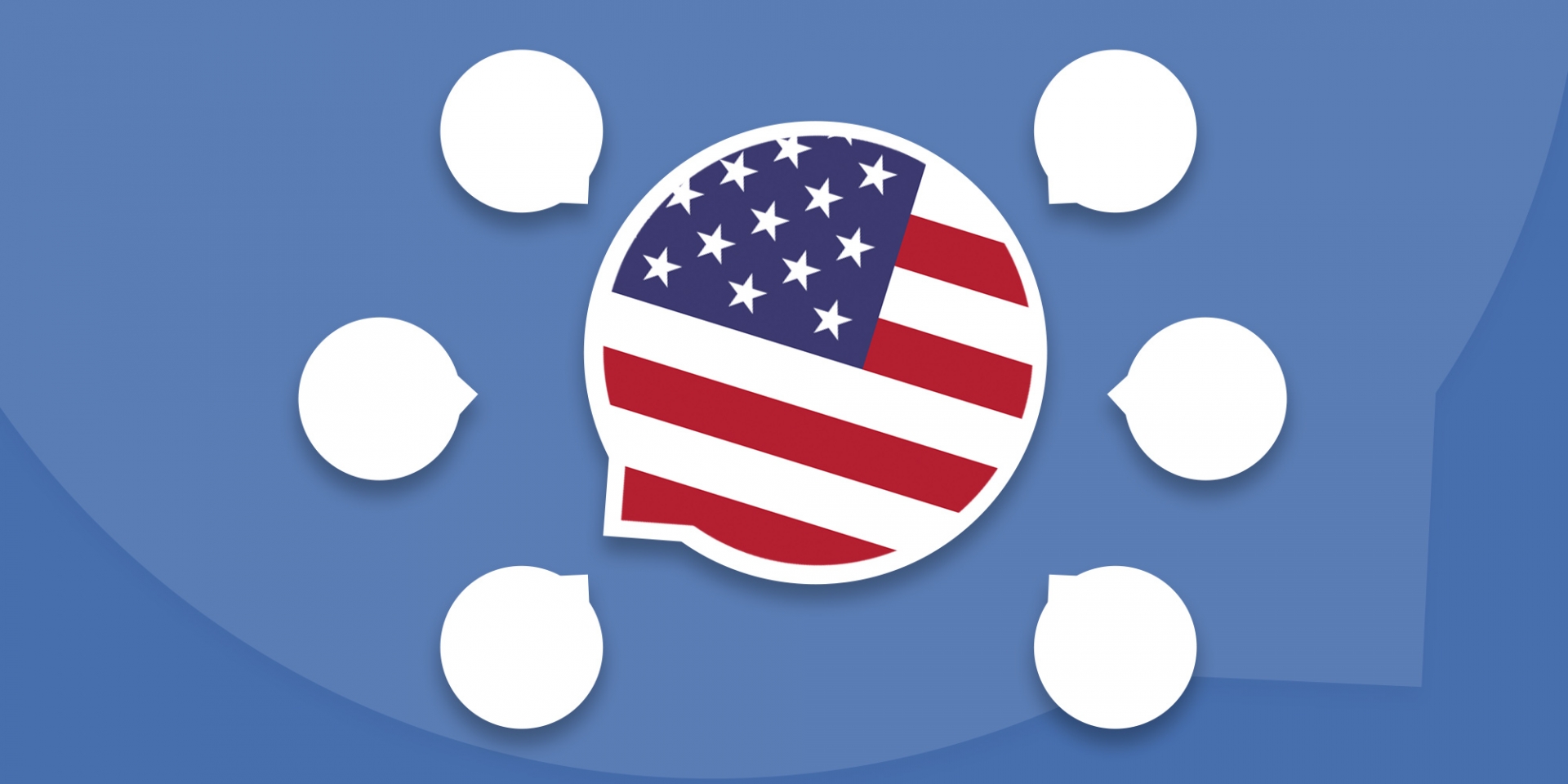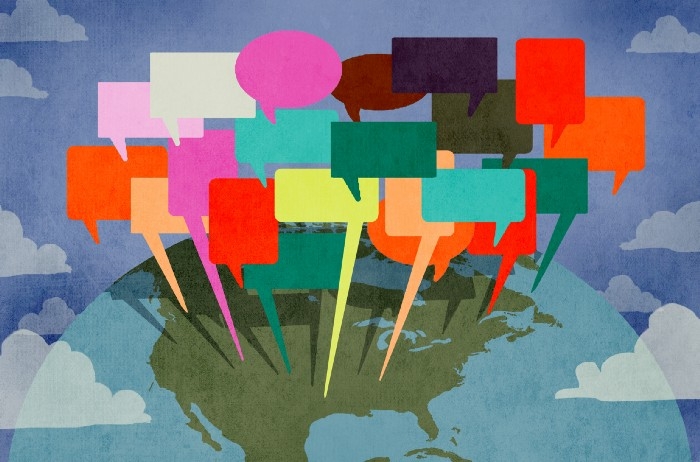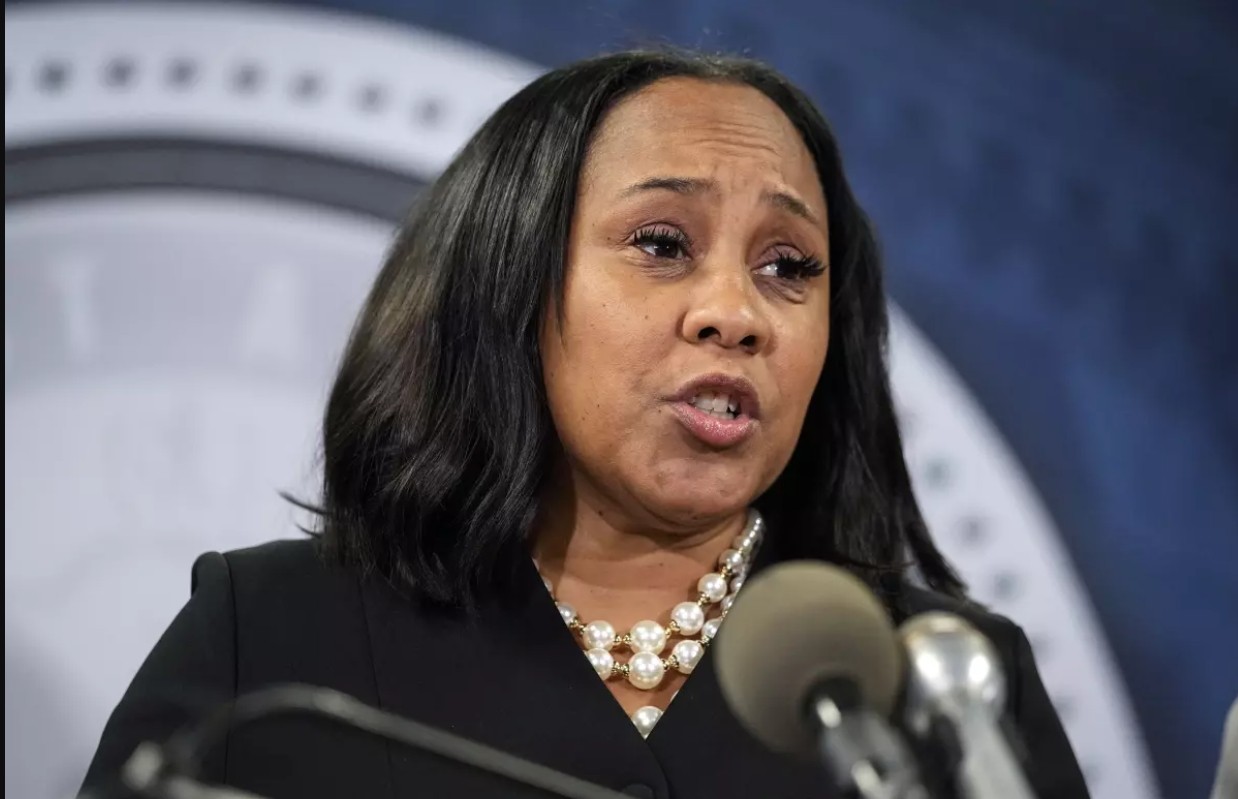What is the Official National Language of the United States: Not English
 |
| Photo Rosetta Stone Blog |
| Table of Contents |
What is an official language?
The term "official language" does not refer to the majority language of a country, region, or state. It refers to the language of the government or state as it is used in judicial proceedings, legislation, and administration.
Around 180 countries have an official language, and more than a hundred recognize multiple official languages. However, the United States is not a member of either group.
Interesting Facts about the official language of the United States
* The United States has no official language.
* Although there are no federal laws declaring English to be the official language, 31 states have their own laws declaring it to be the official language on the state level, which usually just means it has to be used for government communications.
*Spanish is the second-most spoken language in the US after English.
*At least 350 languages are spoken in the US today.
*Speaking a foreign language in public was once illegal in parts of the U.S
* Among native English speakers, there’s a ton of variation in the language: There are at least 24 dialects of American English spoken in the United States, according to linguist Robert Delaney, who developed a map of the United States by regional dialect.
 |
| Photo Lingoda |
Fact: The US has no official language
True, there is no federally recognized official language of the United States. The debate over whether or not to establish an official language dates back to at least the 1750s. Nonetheless, the vast majority of Americans (about 300 million) speak English, making it the country's de facto (in practice, rather than in law) official language.
Except for English Only campaigners and a few politicians, most Americans go about their daily lives blissfully unaware that English isn't their government's official language, and who can blame them? After all, the fact that English isn't the official language of the United States hasn't stopped English from being the dominant language in the country.
| There has long been a push to make English the official language of the United States. It just continues to fail. To accommodate immigrants, Philadelphians fought in the 1750s to keep both English and German on street signs. Only with the outbreak of World War I did the German speakers lose that battle. However, there have always been populations in the United States that speak other languages, such as the French in Louisiana and Spanish speakers across the country. I live in Brooklyn, which was founded by the Dutch. New Amsterdam was the name given to Manhattan's southernmost settlement. Of course, we should keep in mind that none of North America's original inhabitants spoke English. Thousands of years. As a result, the United States has always been a multilingual country. |
A Short History of Language in the US
John Adam's request that English become the official language of the United States was rejected by the Continental Congress in 1780 as "undemocratic and a threat to individual liberty." Selecting just one of the many languages spoken at the time wasn't a popular idea or even especially necessary because the colonists spoke multiple languages in addition to their diverse native tongues. Unfortunately, the United States' ability to speak other languages has declined over time; today, only 18% of Americans can speak a language other than English. As opposed to this, 53% of Europeans claim to speak two or more languages.
Despite the fact that English has taken over as the primary language in the United States, the government has never officially recognized it, despite multiple politicians' attempts starting with John Adams. This is due to the fact that the United States has always been a multilingual country, even though many states have still declared English to be their official language. Nonetheless, the Civil Rights Act of 1964's Title VI was established to safeguard the legal rights of individual taxpayers who are not native English speakers. States that wish to receive federal funds must ensure that essential documents are available in all languages spoken by those who are receiving government-subsidized benefits.
How many states in the US recognize English as an official language?
Over half the states in the U.S. have made English an official language.
Although there are no laws stating that English is the official language at the federal level, 31 states have their own laws proclaiming it as the official language on the state level, which usually just means it has to be used for government communications.
The 30 states with English as the only official language are:Alabama, Alaska, Arizona, Arkansas, California, Colorado, Florida, Georgia, Hawaii, Idaho, Illinois, Indiana, Iowa, Kansas, Louisiana, Massachusetts, Mississippi, Missouri, Montana, Nebraska, New Hampshire, North Carolina, North Dakota, South Carolina, South Dakota, Tennessee, Utah, Virginia and Wyoming. |
All US territories have official languages. Puerto Rico has declared Spanish the principal language, but both English and Spanish are official languages. In the US Virgin Islands, only English is official, while American Samoa has English and Samoan. Guam has English and Chamorro has official languages and in the Northern Mariana Islands, English, Chamorro and Carolinian are official.
Three states have other official languages in addition to English:
Hawaii recognized Hawaiian Pidgin English as an official language in 2015. Since then, South Dakota made Sioux an official language, and Alaska added more than 20 indigenous languages.
Speaking a foreign language in public was once illegal in parts of the USDuring and after World War I, when anti-German sentiment was high in the United States, parts of the Midwest made it a crime to speak German and other foreign languages in public. And there were several other periods when speaking a foreign language in the United States was considered dangerous. |
| English is the Official Language of 67 Countries 400 million people around the world speak English as their first language. Not only that, but English is listed as one of the official languages in more than a quarter of the countries in the world. That’s a lot of new people you can communicate with just by improving one language! English is the Most Widely Spoken Language in the World What’s more, English is the rest of the world’s “second language”. While Chinese Mandarin and Spanish are the mother tongues of more people overall, most people in the world choose to learn some English after their native language. In fact, one in five people on the planet speaks or understand at least a little bit of English. This makes English one of the most useful languages you can learn. After all, you can’t learn all 6,500 languages in the world, but at least you will be able to communicate with people from all different countries using English. |
Melting pot of languages
 |
| Photo Gen Medium |
There may be no official language, but there are at least 350 different languages spoken in the United States. After English, the top five in terms of native speakers are Spanish, Chinese (including Cantonese, Mandarin and other varieties), French (and French Creole), Tagalog and Vietnamese. Note: this list is likely to change after the 2020 Census.
Even among native English speakers, there’s a ton of variation in the language
There are at least 24 dialects of American English spoken in the United States, according to linguist Robert Delaney, who developed a map of the United States by regional dialect. Delaney writes that a dialect has its “own grammar, vocabulary, syntax, and common expressions as well as pronunciation rules,” which set it apart from an accent, which refers only to the way words are pronounced.
Top most common languages in the USA
According to data based on research by the American Community Survey and published by the US Census Bureau, these are the most common languages spoken in the USA: between 290 and 300 million people speak English, while around 230 to 235 million only speak English at home. Around 60 million speak a language other than English at home.
Top 10 most common languages in the USA
English: 290-300 million speakers (230-235 English only)
Spanish: ~42 million speakers
Chinese (incl. Mandarin, Cantonese and Hokkien): ~3.5 million speakers
Tagalog (incl. Filipino): ~1.75 million speakers
Vietnamese: ~1.5 million speakers
Arabic: ~1.25 million speakers
French: ~1.2 million speakers
Korean: ~1.1 million speakers
Russian: ~0.95 million speakers
German: ~0.92 million speakers
The English Language Unity Act
A bill called the English Language Unity Act aims to make English the official language of the United States at the federal level. When it was first implemented in 2005, all federal and state government publications, meetings, and functions had to be conducted in English.
Although it passed the House of Representatives in 1999, the bill never made it into law. A version of the bill received 164 House sponsors in 2005, but it was defeated both times, this time with 153 cosponsors. House Resolution 997 was supported by 73 representatives in 2017. Even with seven senators in favor of its companion bill in the senate, it was not enough to become law.
There is currently no federal law in the United States of America designating English or any other language as the official language of the country.
| German was never under consideration to be an official language The myth that German was once "one vote away" from becoming the official language of the United States is compelling. According to legend, in 1776, the decision to make German the official language of the United States hinged on a single vote. This is a myth, but it contains some truth. Approximately 17% of US-Americans have German ancestors. And there was a close vote, but it didn't happen in 1776, and it wasn't on any official language. Following a Congressional debate, a vote of 42 to 41 was cast against publishing US laws translated into German or other languages other than English. |
Watch this video to learn more about this topic
 How to say Happy Birthday in Swedish How to say Happy Birthday in Swedish You have Swedish friends and you want to make a good impression on them by wishing them a happy birthday. Even though your Swedish is ... |
 Say 'Happy Birthday' in 45 Different Languages Say 'Happy Birthday' in 45 Different Languages Celebrate your friend or family member’s birthday by learning how to say ‘Happy Birthday!’ in another language; surprise them by wishing them a happy birthday ... |
 Simple TIPS to learn a new language by watching TV and films Simple TIPS to learn a new language by watching TV and films Do you find learning a new language difficult? Instead of learning boring theories in books, one of the recommended ways is watching TV and films. ... |



























